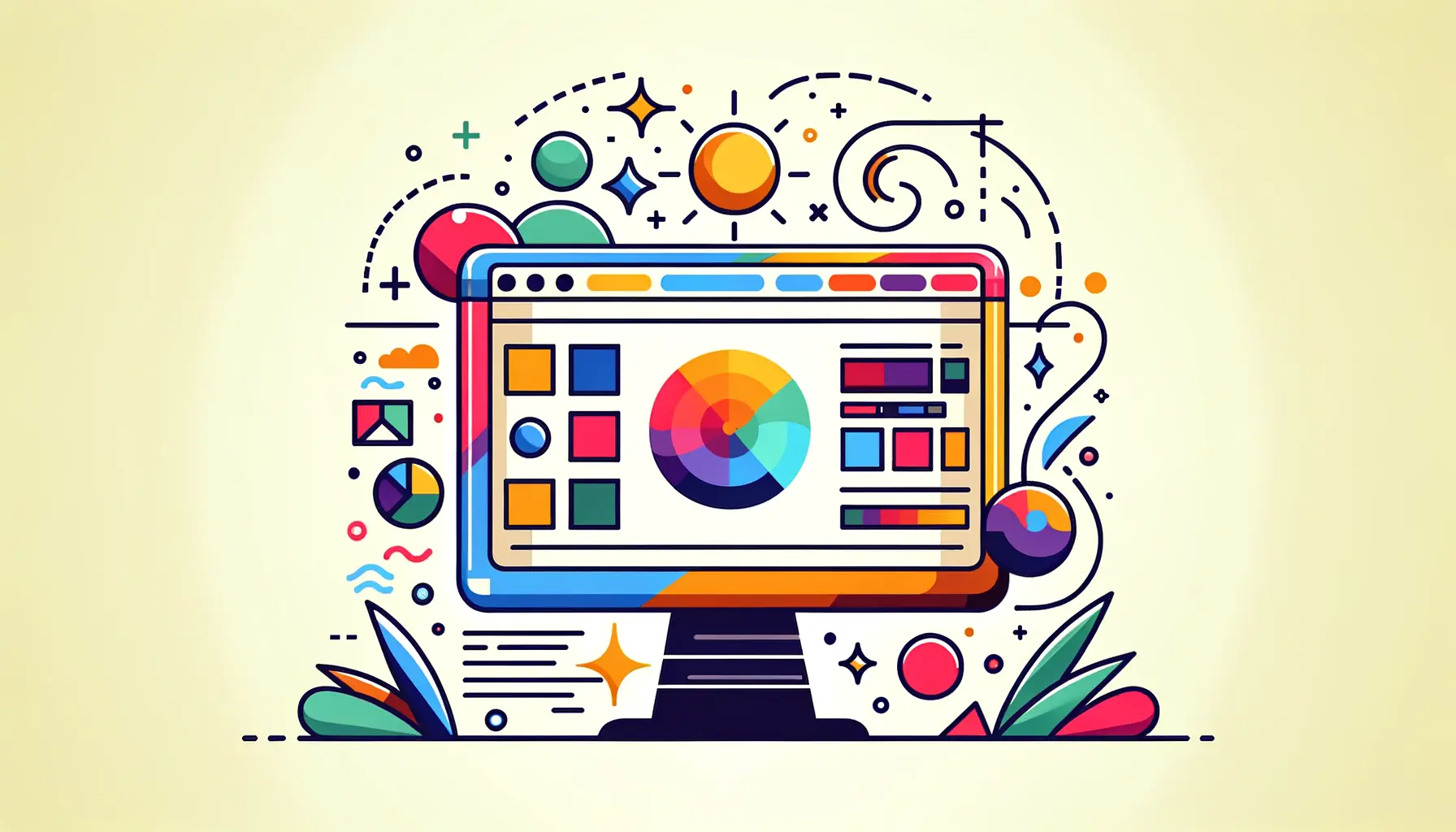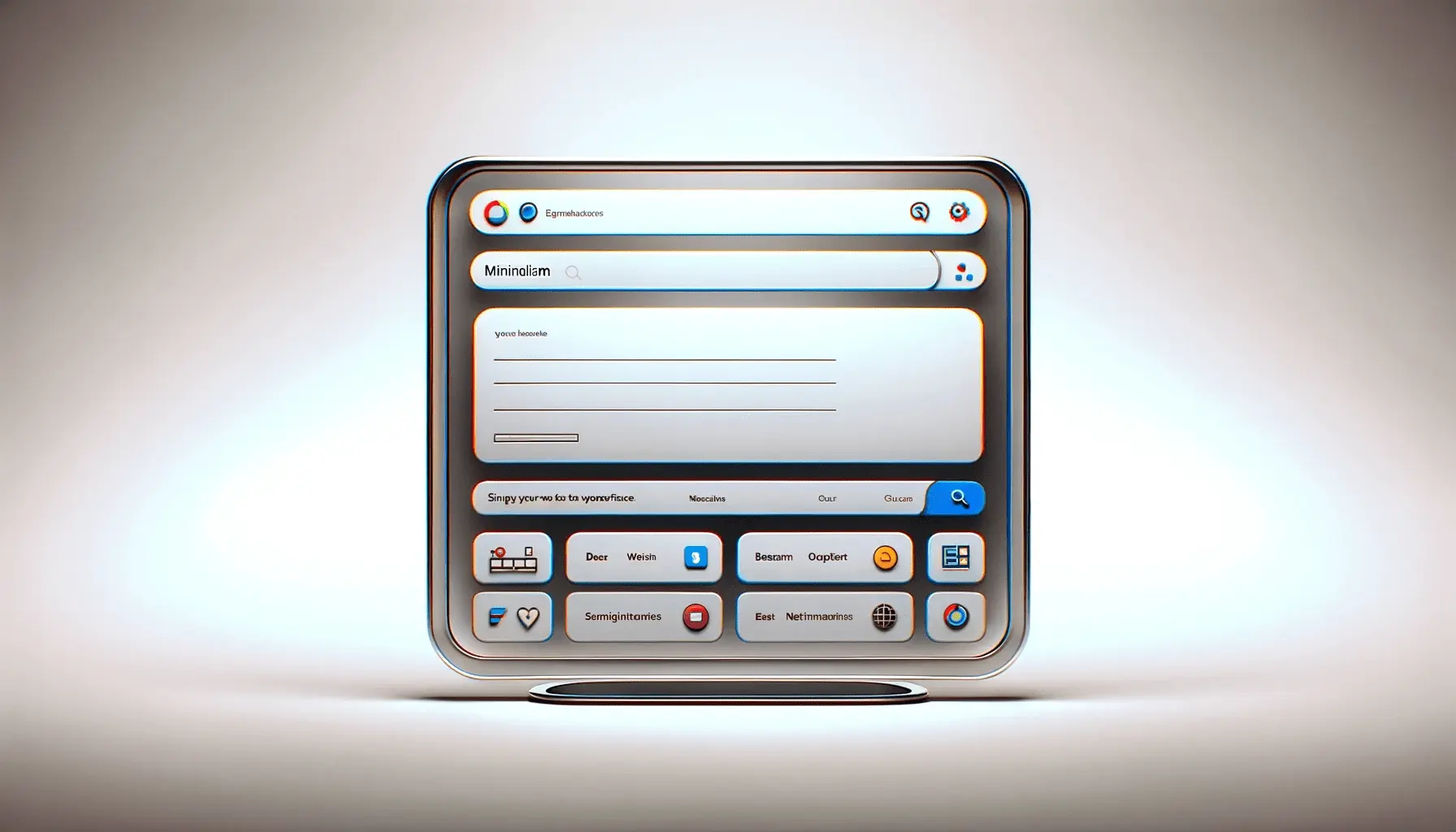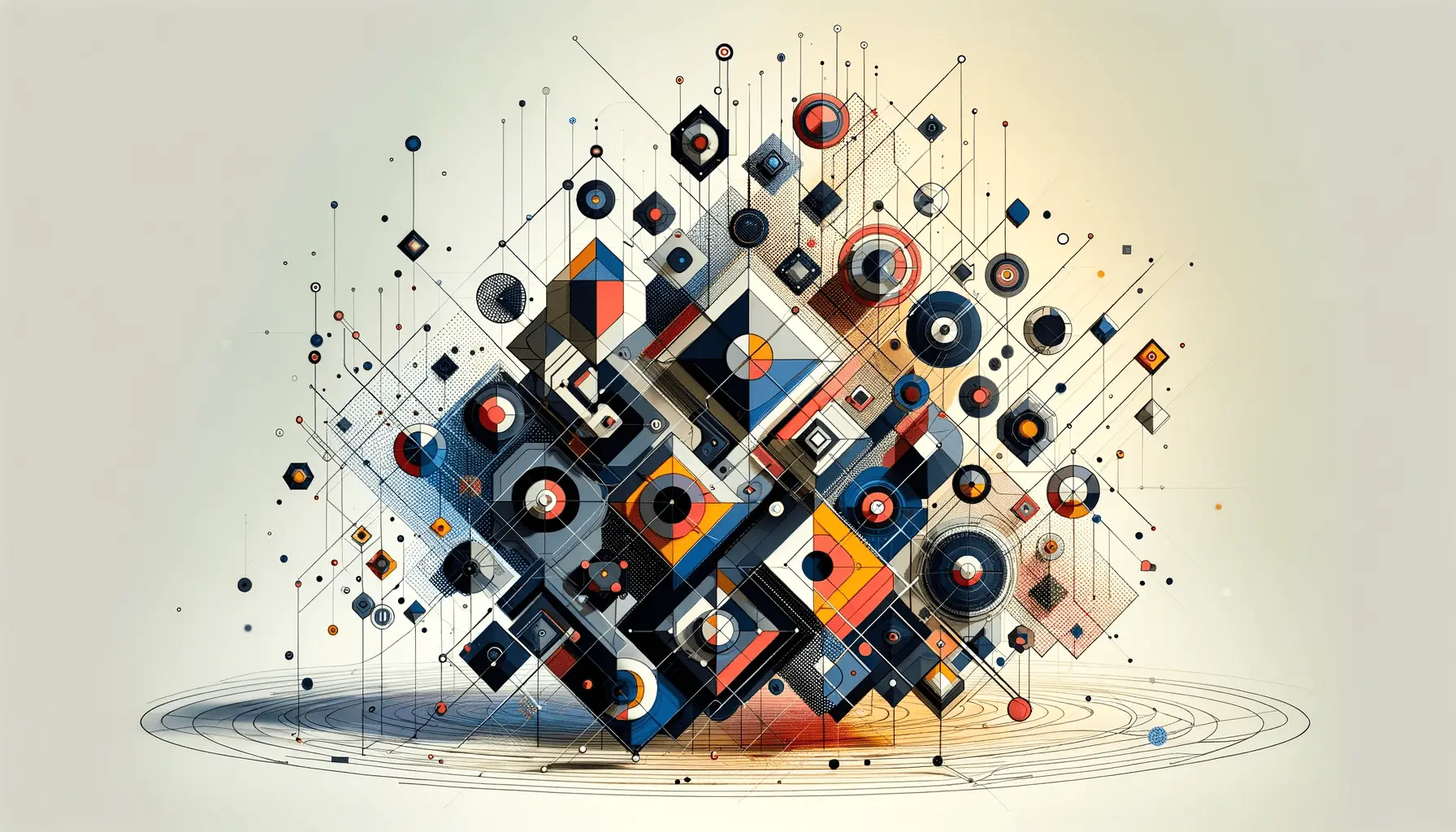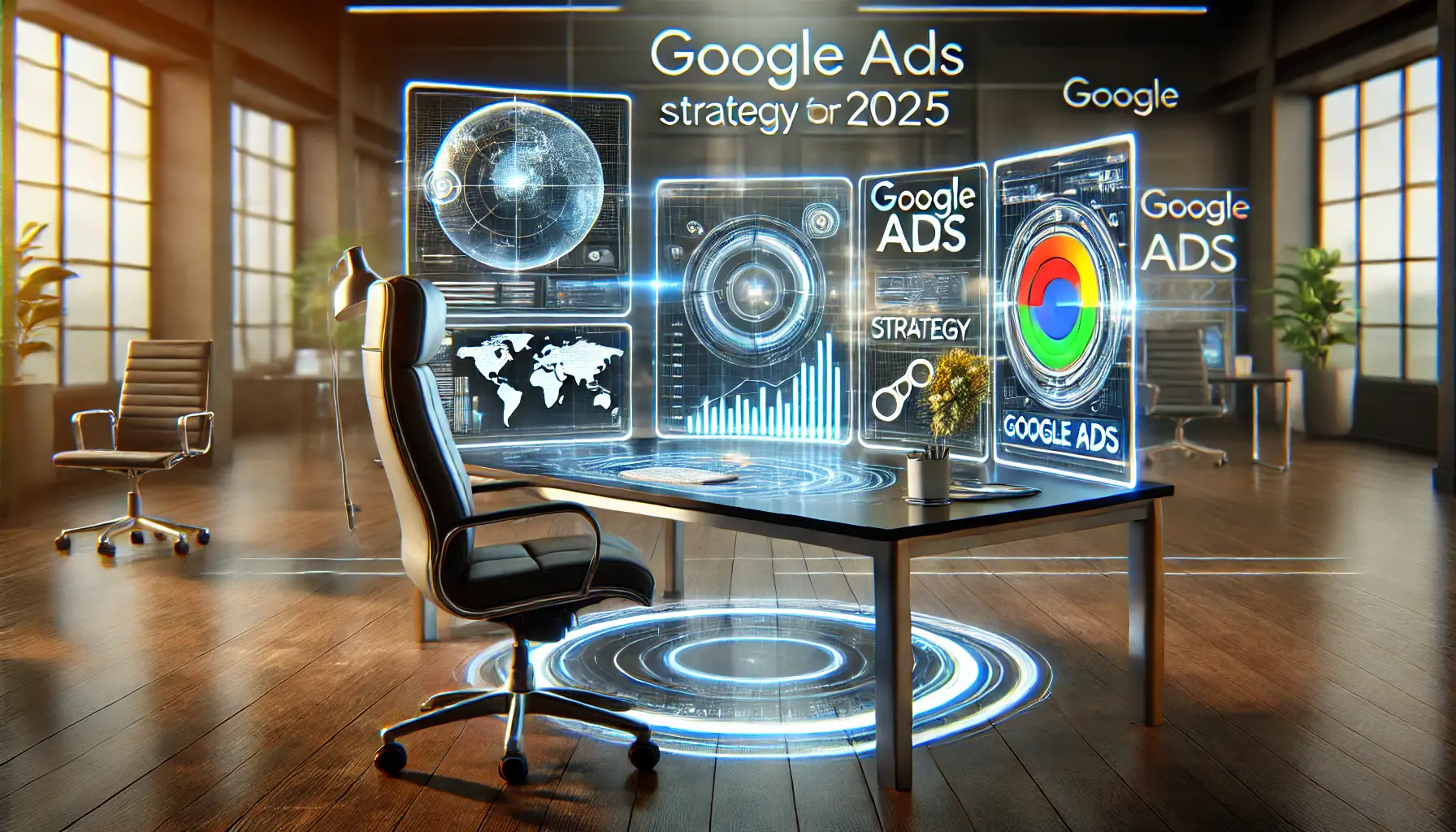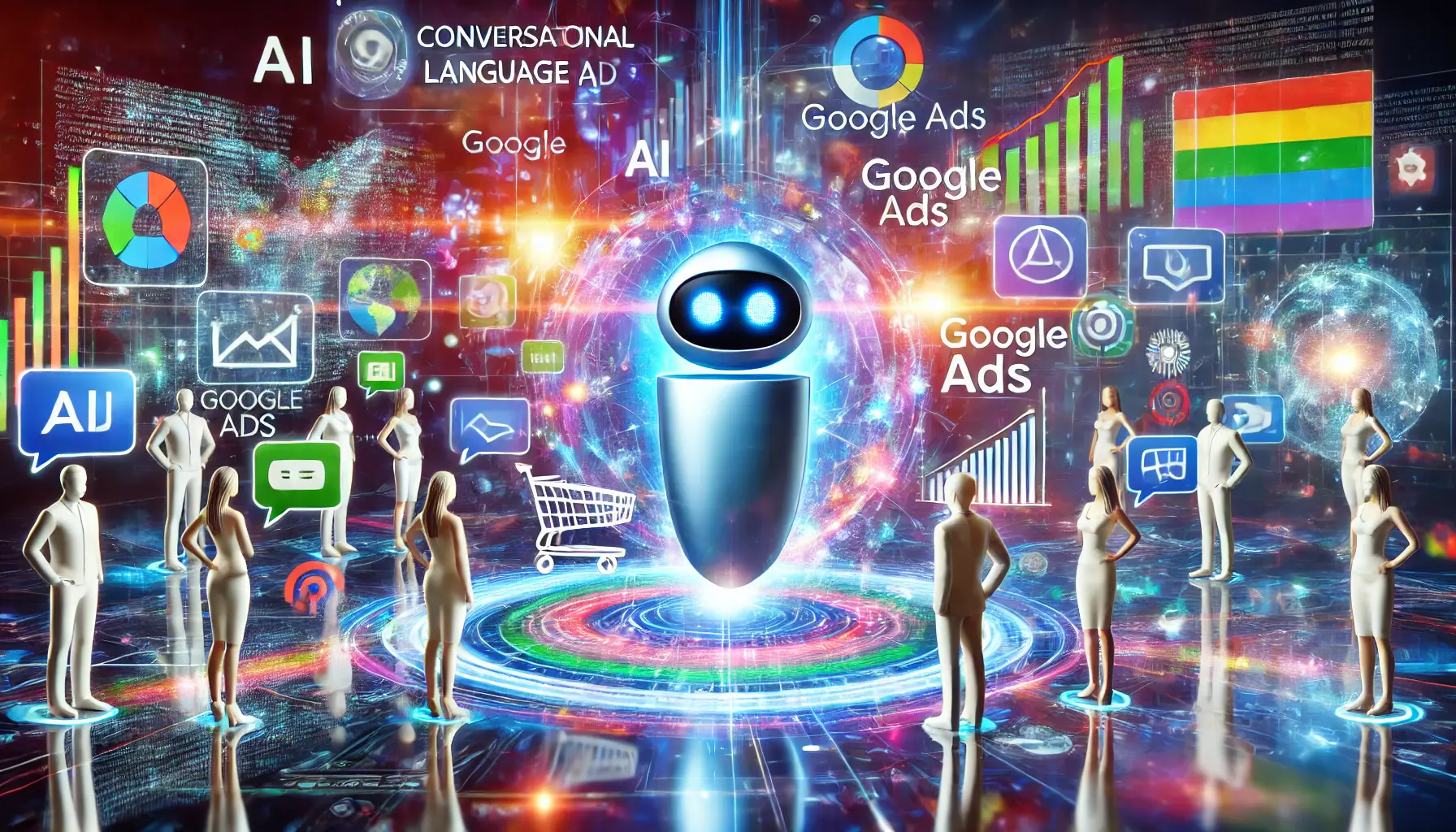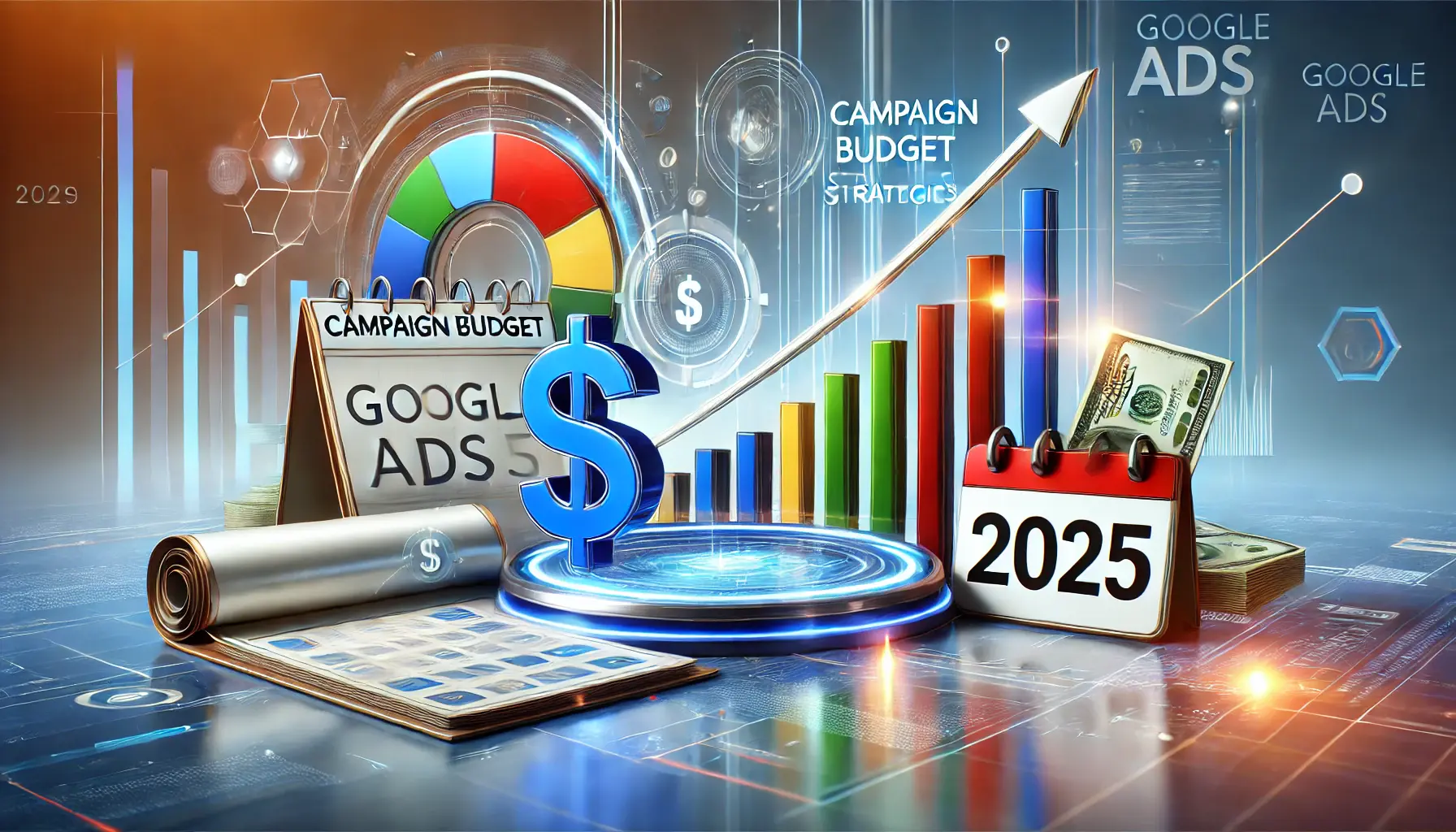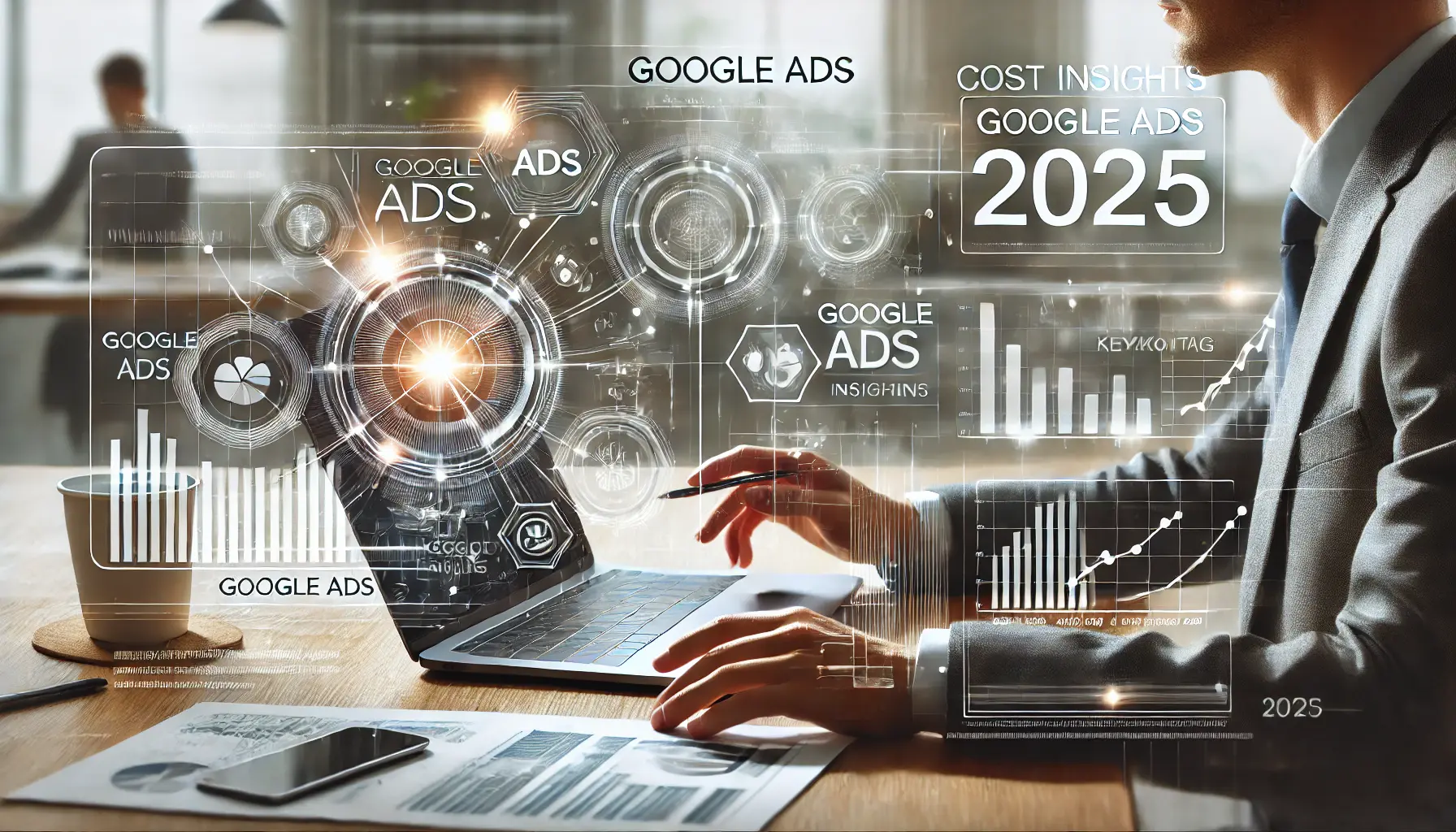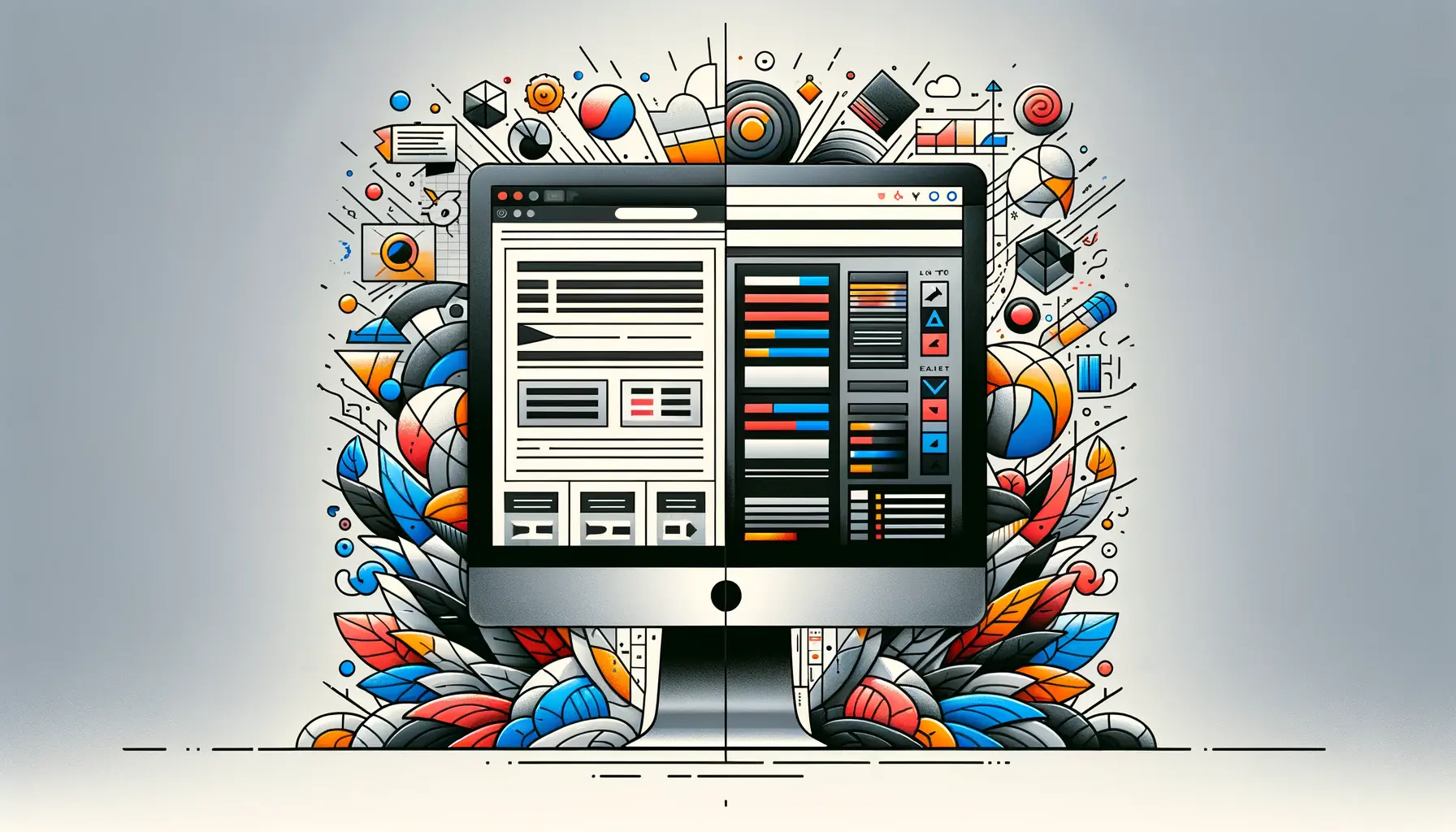In today’s online world, understanding the intricacies of human behavior is paramount to creating compelling web experiences.
Behavioral design, a combination of psychology principles and web development, serves as a bridge between user needs and effective design solutions.
By examining the basic principles of behavioral design, websites can be created that captivate users and enable purposeful interactions.
- Understanding Behavioral Design in Web Development
- Core Principles of Behavioral Design
- Implementing Behavioral Design Strategies
- Technological Developments Influencing Behavioral Design
- Ethical Considerations of Behavioral Design
- Conclusion: Behavioral Design in the Future of Web Development
- Behavioral Design: Frequently Asked Questions
Understanding Behavioral Design in Web Development
Behavioral design in web design deals with the deliberate influence of user experience based on insights from behavioral psychology.
It ensures websites are not just visually attractive but also instinctively aligned with user behaviors and expectations.
Defining Behavioral Design
At a basic level, behavioral design involves creating digital environments that predict and influence user behavior.
By identifying common patterns of behavior, designers can anticipate user needs and craft interfaces that guide users toward desired outcomes.
- Encouraging specific actions through intentional UI elements.
- Utilizing colors, shapes, and typography to influence decisions.
- Designing seamless user journeys that reduce friction.
For instance, incorporating large call-to-action buttons can encourage users to engage more with content.
The Intersection of Psychology and Web Design
The intersection of psychology and web design is at the heart of behavioral design.
By applying principles of psychology, designers can create more user-centered experiences that resonate on a deeper level.
- Using cognitive biases to improve user decision-making.
- Applying psychological triggers like scarcity and urgency.
- Enhancing user engagement through emotional design.
For example, understanding the Zeigarnik EffectA psychological phenomenon where people remember uncompleted tasks better than completed ones.—that people remember uncompleted tasks more than they recall completed ones—can be used to get users to return to a site to finish an activity.
Historical Evolution of Behavioral Design
The use of behavioral insights to inform design is not new.
For years, marketers and designers have utilized psychological principles to influence consumer behavior.
With the advent of digital technologies, these methods have become more sophisticated and user experience-focused.
Today’s behavioral design stands on the shoulders of decades of research into human behavior, continuously evolving to integrate new discoveries and technologies.
Behavioral design bridges psychology principles with web development, ensuring websites are not just visually attractive but also instinctively aligned with user behaviors and expectations.
Core Principles of Behavioral Design
Discovering the core principles of behavioral design reveals strategies that can have a powerful impact on user behavior.
Designers, by recognizing and applying these principles, can create digital environments that not only meet user needs but also guide users toward intended behavior.
Leveraging Cognitive Biases in Design
People are naturally prone to cognitive biases—systematic patterns of deviation from norm or reason in judgment.
It is feasible to design user experiences and influence behavior by identifying and leveraging these biases.
- Framing Effect: The way information is presented may have a significant impact on decision-making. For instance, highlighting that a product is ‘95% fat-free’ rather than ‘contains 5% fat’ can make it more appealing.
- Anchoring: Consumers often rely heavily on the first piece of information (the ‘anchor’) they receive when making decisions. Comparing a higher original price against a discounted price makes the reduction seem more significant.
- Social Proof: People tend to emulate others and accept their behavior as appropriate. Showcasing testimonials or customer numbers can build trust and encourage new users to take action.
The Role of Persuasive Design Techniques
Persuasive design leverages psychological principles to encourage certain user behaviors without coercion.
This approach ensures users feel they are making choices freely, thereby enhancing satisfaction and engagement.
- Nudging: Subtle design prompts that steer users toward intended behaviors, such as setting beneficial options as the default.
- Scarcity Principle: Displaying limited availability (e.g., ‘Only 2 in stock!’) can create a sense of urgency, prompting quicker decision-making.
- Reciprocity: Offering something valuable for free, such as a downloadable resource, can encourage users to reciprocate by engaging more or making a purchase.
Emotional Design and User Engagement
Emotional design focuses on creating products that evoke positive emotions, leading to higher levels of user satisfaction and loyalty.
By addressing users’ emotional needs, designers can build stronger connections with their audience.
- Aesthetic Appeal: Visually appealing designs can trigger positive emotions, making users more likely to engage and return.
- Storytelling: Integrating narratives into design makes experiences more relatable and memorable, enhancing user engagement.
- Personalization: Customizing content and recommendations based on individual preferences makes users feel valued, fostering loyalty.
By integrating these fundamental principles of behavioral design, web designers can craft experiences that are not only functional but also resonate deeply with users, driving both engagement and desired behaviors.
By recognizing and applying core principles, designers can guide users toward intended behavior and create user-centered digital environments.
Implementing Behavioral Design Strategies
Adding principles of behavioral design to web development is necessary to create user-centered experiences that stimulate engagement and the desired actions.
By understanding and applying these principles, designers can create interfaces that resonate with people and create seamless experiences.
Personalization for Building an Improved User Experience
Personalization tailors content and functions based on individual users’ preferences to deliver greater relevance and engagement.
Through analysis of user behavior and preferences, designers can build personalized experiences, making users feel valued and understood.
- Dynamic Content: Displaying content relevant to a user’s interest or previous activities increases relevance and engagement.
- Personalized Recommendations: Offering product or content suggestions targeting user interests can enhance satisfaction and drive conversions.
- Adaptive Interfaces: Modifying the interface in response to user preferences or behavior can improve usability and engagement.
Applying Feedback Loops to Direct Behavior
Feedback loops provide immediate feedback on user actions, validating desired actions and guiding users toward specific outcomes.
Well-designed feedback mechanisms can lead to more satisfied users and longer usage.
- Progress Indicators: Displaying task completion encourages users to continue and finish processes.
- Instant Feedback: Providing feedback on immediate user actions, like confirmation notices, informs users of what happens as a result of their action, keeping them engaged.
- Achievement Badges: Rewarding users with badges or rewards upon task completion can inspire repeated visits and the satisfaction of accomplishing something worthwhile.
Gamification as a Tool for User Motivation
Gamification is the application of game mechanisms in non-game contexts with the goal of promoting user engagement and motivation.
By using challenges, rewards, and competition, developers can create experiences that are fun and that elicit desired behaviors.
- Point Systems: Awarding points for behavior can encourage users to participate more often and explore features.
- Leaderboards: Displaying user rankings instills competition and encourages users to improve performance.
- Challenges and Missions: Offering tasks or missions provides a goal for users to strive toward, enhancing engagement and satisfaction.
By successfully implementing these principles of behavioral design, web designers can create engaging spaces that fulfill user needs while compelling users toward specific actions.
This leads to higher business success and greater user satisfaction.
Integrating behavioral design principles into web development can drive user engagement by aligning design with user preferences and needs.
Technological Developments Influencing Behavioral Design
Technology has evolved significantly, and with it, the use of technology in behavioral design has opened doors to new avenues for creating compelling and impactful user experiences.
Awareness of these advancements can help designers unlock their potential to transform the behavior of users positively.
Artificial Intelligence in Behavioral Design
Artificial Intelligence (AI) has become a key element in the development of behavioral design, offering adaptive and customized experiences to users.
AI-powered systems analyze user information to predict actions and respond accordingly.
- Personalized User Experiences: AI algorithms use user interactions to customize content, recommendations, and interfaces, increasing engagement and satisfaction. AI, for instance, can provide product recommendations based on browsing history to influence purchase potential.
- Predictive Analytics: AI provides forecasts of future behavior based on the analysis of user data, allowing designers to react ahead of time to users’ needs and tendencies and refine retention rates.
- Real-Time Feedback: AI systems provide real-time feedback on user behavior, supporting positive actions and guiding users toward specific objectives.
Neurotechnology Advances
Advancements in neurotechnology have led to the creation of experiences that react to the neurological state of the user, resulting in greater engagement.
- Neurofeedback Integration: Neurofeedback measures brain activity, allowing users to receive real-time feedback and learn to regulate their mental states, becoming more mindful and focused during interactions.
- Emotion-Sensing Interfaces: Sensing emotional responses through the use of sensors allows interfaces to adapt in real time, becoming empathetic and personalized to the user.
Immersive Technologies: VR and AR
Virtual Reality (VR) and Augmented Reality (AR) technologies have transformed the field of behavioral design by presenting immersive worlds that interact with the user.
- Virtual Reality (VR): VR immerses the user in fully simulated worlds, offering experiences that can influence emotions and behavior, such as virtual tours or simulations for therapy.
- Augmented Reality (AR): AR overlays digital information onto the real world, enhancing user interaction using contextual information and immersive experiences like interactive product showcases.
Ethical Dimensions of Integration with Technology
Although technology has various benefits, designers must navigate ethical dimensions to ensure trust and security for users.
- Transparency: Explicitly communicating how user data is collected and used fosters trust and allows users to make well-informed decisions about their interactions.
- Consent: Obtaining clear consent for data use and collection is a demonstration of respect for user autonomy and in accordance with ethical practices.
- Avoiding Manipulation: Ensuring that technological capabilities do not exploit user vulnerabilities or act unethically is essential for maintaining integrity in design practices.
By adopting these technological innovations responsibly, designers can create user experiences that are not only effective and engaging but also ethical and respectful of user autonomy.
Technological advancements, like AI and neurotechnology, have expanded the scope of behavioral design, enabling more personalized and adaptive user experiences.
Ethical Considerations of Behavioral Design
As behavioral design gains more power over user experience, it needs to confront the ethical considerations that come with changing user behavior.
Design practices that respect users’ autonomy and allow for transparency are fundamental to maintaining trust and honesty in the digital space.
Transparency and Consent
Ethical behavioral design depends on clear communication regarding data usage and collection.
Users of data should be aware of how their data is used so that they are made to feel trusted and permitted to make sound choices.
- Informed Consent: To make users explicitly agree with the monitoring of behavior and data collection, privacy and autonomy should be respected. Users should be clearly presented with options for opting in or out of data sharing.
- Data Usage Clarity: Clearly disclosing the reasons for which user data is gathered allows users to grasp how their information supports personalized experiences, strengthening confidence in the platform.
Avoiding Manipulative Practices
While behavioral design seeks to influence user behavior, it is essential to shun manipulative strategies that play on user vulnerabilities.
- Ethical Persuasion: Using design methods that instill positive behavior without coercion upholds user agency and fosters authentic engagement.
- Preventing Exploitation: Being watchful to avoid unfairly impacting vulnerable groups of people guarantees interventions are in the user’s best interest, according to ethical principles.
Ensuring Accessibility and Inclusivity
Designing for diverse users means making accessible and inclusive experiences that welcome varied abilities and backgrounds.
- Universal Design Principles: Inclusion of design methodologies that accommodate users with disabilities ensures equal access and facilitates a sense of belonging among all the users.
- Cultural Sensitivity: Design keeping in mind cultural differences in design features prevents alienation and facilitates global usability, thus enhancing the overall user experience.
By integrating these ethical considerations into the practice of behavioral design, designers are positioned to create user experiences that are not merely effective and engaging but also of the utmost integrity and respect for user rights.
Behavioral design must be practiced with ethics in mind, ensuring transparency, respect for user autonomy, and avoidance of manipulative practices.
Conclusion: Behavioral Design in the Future of Web Development
Peering into the future of web development, behavioral design will continue to be an important consideration in the way user experiences are crafted.
Through understanding the psychological underpinnings of user behavior and applying these findings through thoughtful design, we can create websites that not only engage but also nudge users to take desired actions.
As technology evolves, so must the techniques we use to influence behavior, ensuring they remain ethical, efficient, and people-centered.
Most Important Takeaways from Behavioral Design
- Behavioral Design Bridges Psychology and Technology: The merging of behavioral psychology and web development allows designers to build experiences that communicate with users on a deeper level, making interactions more intuitive and engaging.
- Personalization Leads to More Engagement: Personalization of content and experiences based on behavior results in sites becoming interesting and pertinent, ultimately leading to more engagement and conversion.
- Ethics of Design Are Important: Though the power of behavioral design lies in its ability to be fantastically persuasive, one must keep ethics somewhat rigid so there is transparency, agreement, and respect for users’ autonomy in all design decisions.
- Technological Breakthroughs Fuel Innovation: Technologies such as AI, neurotechnology, and virtual experiences are breaking new ground in what is possible in behavioral design, presenting new means to customize and drive user behavior.
The Road Ahead: What to Expect
The future of behavioral design will definitely be brighter with the progress of technology.
As the years go by and the future approaches, designers must always be mindful of the ethical implications of their work, and the user experience must always be the focus of every decision that they make.
The future for behavioral design is all about innovation and integrity blended together so that the user’s behavior is led to something positive and meaningful.
At its essence, behavioral design is not about creating pretty-looking websites; it’s about understanding people, predicting their needs, and providing them with experiences that are not only useful but also delightful.
By incorporating these practices into your design process, you can create more engaging, effective, and ethical user experiences that will drive success online.
As technology evolves, behavioral design will continue to shape user experiences, ensuring that both engagement and ethical standards are met.
Quality web design is key for a great website! Check out our service page to partner with an expert web design agency.
Behavioral Design: Frequently Asked Questions
Behavioral design meshes design and psychology to influence user behavior, guiding users towards a particular action through thoughtfully designed elements.
By acknowledging the user’s motivation and behavior, behavioral design creates user-friendly interfaces that cater to user needs, enhancing satisfaction and interaction.
Core principles include taking advantage of cognitive biases, leveraging persuasive approaches, such as emotional design, and making solutions for design available and inclusive.
Yes, the behavioral design principles prove to be effective in mobile application development, triggering user engagement and steering behavior via natural interfaces and custom experiences.
Principled deployment of behavioral design respects user agency, promotes transparency, and works to induce desirable behavior change rather than manipulation.
Personalization adjusts content and experiences to distinct user preferences, increasing relevance and engagement, able to construct ideal behavior outcomes.
Technologies like AI and neurotechnology assist designers in building adaptive, custom experiences that respond to user activity, enhancing the effectiveness of behavioral design strategies.
Yes, by understanding user behavior and employing appropriate design principles, designers can encourage the development of good user habits and routines.
Although both aim to influence user behavior, behavioral design focuses on understanding and shaping user behavior through design, whereas persuasive design employs specific methods to persuade users to develop certain behaviors.
Ethical behavioral design ensures respect for users’ autonomy, openness, and non-coercive techniques, with assurance of trust and positive user relationships.
Examples include default options on devices triggering energy-saving mechanisms and progress bars in applications inducing task completion.
Effectiveness can be measured with user engagement metrics, behavior tracking, A/B testing, and feedback to measure the degree to which design influences desired user behavior.
If used incorrectly, behavioral design can lead to manipulative strategies, compromising user trust.
It should be employed ethically and transparently.
Behavioral design is a type of user-centered design, specifically focused on altering user behavior through design, while user-centered design generally advocates designing with consideration for the user’s needs and behavior.
While some principles can be implemented broadly, behavioral design needs to be tailored to specific user contexts and cultural settings in order to be effective and moral.
By correlating user actions to business objectives, for instance, increased engagement or conversion, behavioral design serves business objectives and provides value to users.
The primary skills are understanding behavioral psychology, design principles, data analysis skills, and the ability to enact ethical considerations within design practice.
By incorporating inclusive design principles, behavioral design provides digital products to people with different abilities, enhancing accessibility and user satisfaction.
Feedback informs users of the outcome of their actions, guiding them to desired behaviors and enhancing the overall user experience.
Yes, behavioral design principles can be applied to physical product and environment design to elicit desired user behavior.
Cultural differences influence what people think and do, and culturally sensitive design approaches are needed to optimize performance and user adoption among different groups.
The future is integrating next-generation technologies, like AI and neurotechnology, to create more adaptive and customized user experiences, while remaining ethical and maintaining user trust.
By designing interventions that comprehend the populations being targeted and matching them with their intent and actions, behavioral design can provide more effect to public health programs and campaigns.
Designers need to place users in command, encourage transparency of data use, avoid manipulative tactics, and strive for designs that benefit both users and society.
By understanding the cues, habits, and rewards that constitute habits, designers can create experiences that encourage healthy user habits over time.
Challenges include balancing persuasive approaches with ethical considerations, being sensitive to culture, and measuring the long-term impact of design interventions on user behavior.

